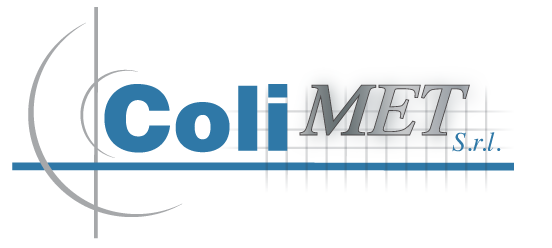| cataforesi
It 'a surface coating treatment of iron and other alloys (current conductors), consisting of a uniform deposit of epoxy or acrylic resins, that facilitate the adhesion of surface coatings, applied in electrowinning of metal pieces connected to the negative pole of a generator in a tank where electrodes connected to the positive pole are immersed. The passage of current settles the paint which then polymerized at 150 ° -180 ° C. The paint particles migrate to the positively charged cathode (negative pole). The product is composed of resins, pigments and solvents dissolved in water. Average thickness of the paint layer: 15 µm. It 'a barrier to corrosive attack because the patina is of electrolytic nature, as in galvanized. salt spray resistance: 500 hours - Class B1 e B2. Advantages – the paint is easily atomizzabile; – the film has excellent adhesion and corrosion resistance; – cataforesi + powder coatings: 60/70 µm; – there are sagging; – limited SOV emissions (Volatile Organic Solvents); – effective even in-case; – the process is very common in the automotive and industrial vehicles. Disadvantages – the systems are complex and expensive and require at least 5 working phases: degreasing, wash, phosphating, rinse, polymerization; – process management requires specialized personnel and careful maintenance; – for the color change it is necessary emptying the tank; – the sludge is not always determined on the bottom of the tank; – can only be painted conductive materials; – there is no cathodic protection; – no UV resistance; – recirculation problems of process water; – costs equal to those of the powder coating and higher dell'anaforesi. |
Galvanizing Electric Thermal Arc
Deposition of Zinc metal atomized with the electric arc technique. The Zinc layer has a "dual" protective function: passive (barrier) and active (sacrificial anode or). The deposit is homogeneous and its thickness depends on the number of passes (the 25 a 500 µm). The higher the thickness of Zinc, the longer the corrosion resistance > 40 years. The current 10 KW / h melts the wires of zinc and aluminum and their alloys. Besides the Zn (o Zn / Al) there are no other chemical elements. salt spray resistance > 1.200 hours. Advantages – the Zn deposit has excellent adhesion > 10 MPa; – there are sagging; the VOC (Volatile Organic Compounds); no gaseous pollutants (HAPs); – spraying on all types of media: iron, steel, aluminum, copper, inox, cement, resins, clays, tissues, plastic films, polyester; – immediately after the spraying can be painted without problems. The paint adheres perfectly. – installations are simple and inexpensive, and the production costs are very low, thanks to the speed of execution of the processing (30-60 m2/h children 100 m in Zn); – The process does not require specialized personnel and maintenance is minimal; – the system turns on and off as needed, and, being doLLy, you can move outside; – no sludge. Disadvantages – It protects the inside of hollow spaces because it is difficult to reach. Today, this problem is reduced with the spread of profiles obtained from Sendzimir protection sheet that have both internal and external. |
